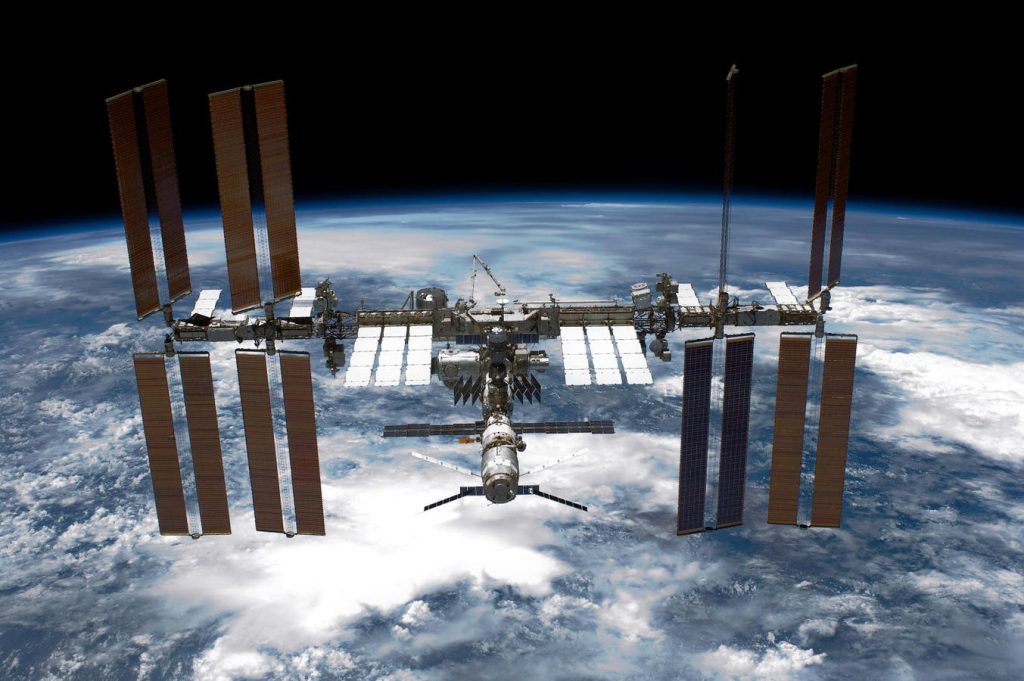Nine astronauts aboard the International Space Station took precautionary measures after a dead Russian spacecraft was observed fragmenting in low Earth orbit. LeoLabs, a company that monitors objects in orbit, first reported the breakup event involving a non-operational Russian spacecraft called Resurs P1. The high-resolution Earth imaging satellite launched in 2013 weighed approximately 13,000 pounds and was orbiting at around 220 miles in altitude, just below the ISS’s typical orbit.
The astronauts on the ISS entered their respective spacecraft as a standard precaution after the debris event. However, much of the debris cloud is expected to be pulled down towards Earth by gravity and burn up in the atmosphere, posing no real threat to the space station. NASA’s Mission Control continued to monitor the path of the debris, and after about an hour, the crew was cleared to exit their spacecraft and resume normal operations on the ISS.
Currently, three spacecraft are docked to the ISS: a SpaceX Crew Dragon, Russian Soyuz capsule, and Boeing Starliner, which experienced a leak and other issues during its first visit to the station. The astronauts aboard the ISS have so far remained unharmed despite minor damage from space debris in the past. Concerns about space junk have grown as the number of satellites and fragments in orbit has increased significantly in recent years.
LeoLabs is actively monitoring the cloud of debris from the Russian spacecraft breakup for potential threats to other satellites orbiting Earth. Most satellites in low-Earth orbit are at higher altitudes than the debris cloud, which reduces the risk of collisions. The situation highlights the importance of tracking objects in orbit to ensure the safety of spacecraft and astronauts on the ISS as space debris continues to be a concern for space agencies and companies operating in space.
The astronauts aboard the ISS were able to safely return to normal operations after the debris event, thanks to the monitoring and guidance from NASA’s Mission Control and companies like LeoLabs. While incidents like the Russian spacecraft breakup serve as reminders of the risks posed by space debris, the protocols followed by astronauts and space agencies demonstrate the importance of preparedness and vigilance in ensuring the continued operation of spacecraft in orbit. As technology and space exploration continue to advance, efforts to track and mitigate the risks associated with space debris will remain a critical aspect of ensuring the safety of astronauts and satellites in space.


